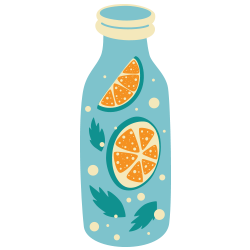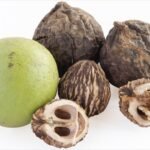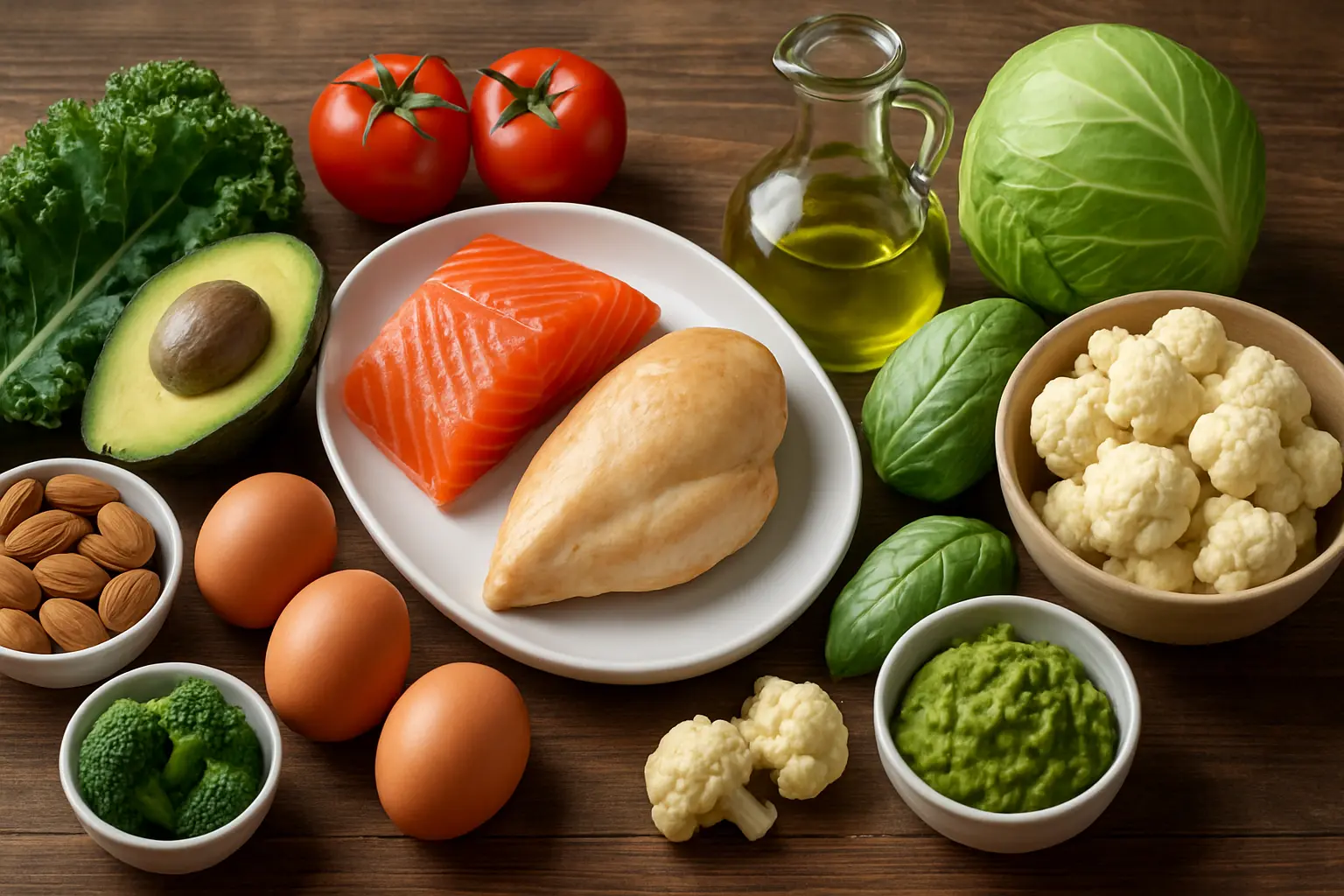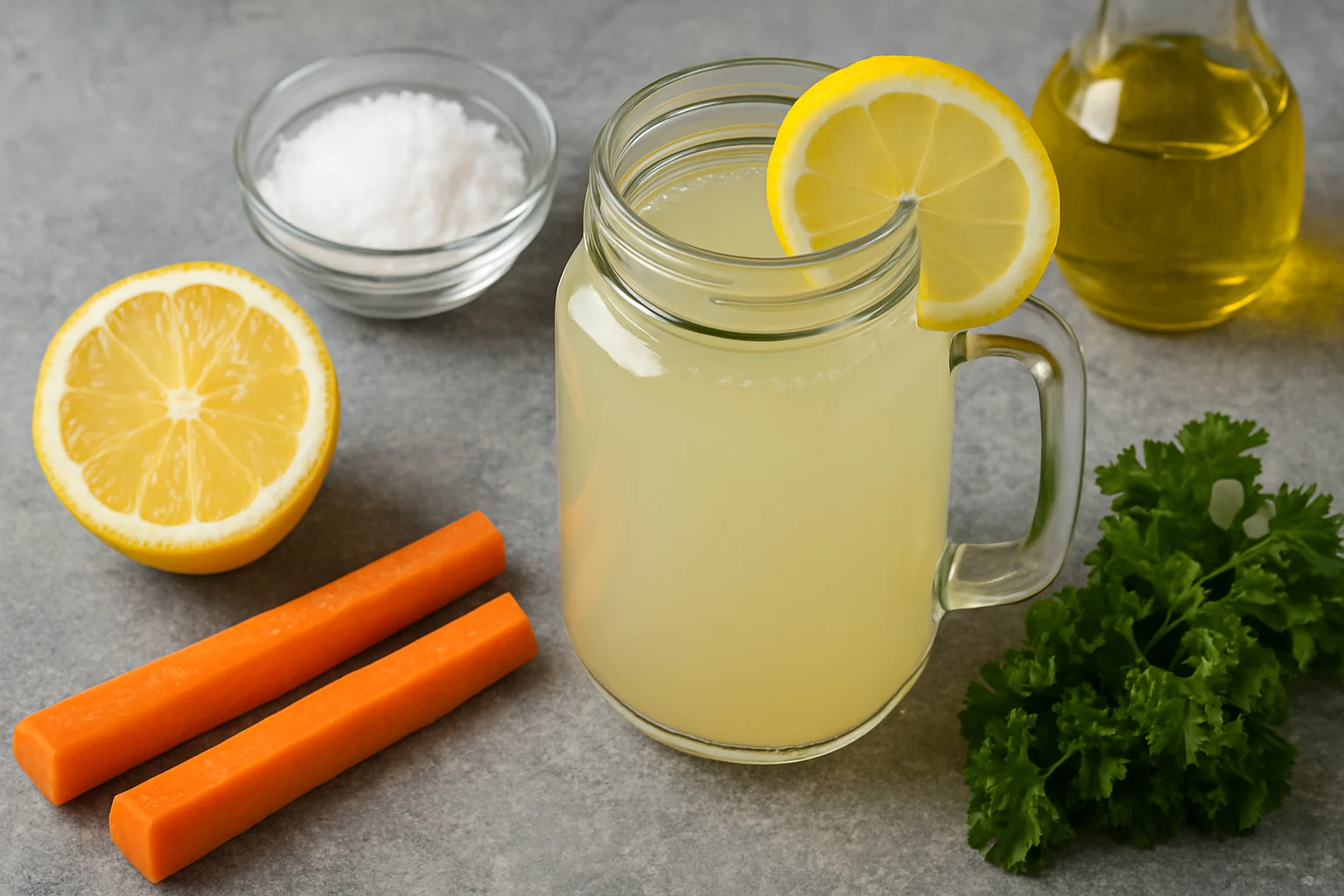
Pain is an inevitable part of life, yet managing it often feels like navigating a labyrinth of pharmaceutical options, each with its own set of side effects. While over-the-counter and prescription pain medications serve their purpose, many are searching for natural alternatives to common pain medications that provide relief without the risks of dependency or harmful side effects. Natural remedies not only address pain but often support overall well-being, making them a holistic option for those seeking more than just temporary relief.
As an advocate for natural medicine, I’ve witnessed firsthand how plant-based solutions, mindful practices, and nutrient-rich foods can offer substantial pain relief. These methods don’t merely mask symptoms; they often address the root cause of the discomfort, promoting healing from within. Whether you’re dealing with chronic pain, inflammation, or acute soreness, there’s a natural alternative to suit your needs.
In this article, we’ll explore the top 10 natural alternatives to pain medications. From herbs like turmeric and ginger to lifestyle practices such as yoga and acupuncture, these remedies are rooted in centuries of traditional wisdom and backed by modern research. Whether you’re new to natural medicine or looking to expand your repertoire, this guide provides actionable insights to help you on your journey to pain-free living.
1. Turmeric: Nature’s Anti-Inflammatory Powerhouse
Turmeric has gained immense popularity for its potent anti-inflammatory properties, primarily attributed to its active compound, curcumin. This golden spice has been used for centuries in Ayurvedic and Chinese medicine to treat joint pain, arthritis, and even digestive issues.
How It Works
Curcumin targets inflammation at a molecular level by inhibiting pathways that lead to swelling and pain. Studies have shown that it can be as effective as some non-steroidal anti-inflammatory drugs (NSAIDs) without the associated risks of gastrointestinal damage.
How to Use Turmeric
- Supplements: Look for curcumin supplements with black pepper extract to enhance absorption.
- Golden Milk: A warm beverage made from turmeric, milk (or plant-based alternatives), and spices like cinnamon.
- Cooking: Add turmeric to soups, stews, or rice dishes for a flavorful twist.
2. Ginger: The Multi-Tasking Healer
Known for its digestive benefits, ginger also excels as a natural pain reliever, particularly for menstrual cramps and muscle soreness.
Scientific Backing
Ginger contains compounds called gingerols and shogaols, which reduce inflammation and oxidative stress. Research suggests that daily consumption of ginger can significantly reduce muscle pain caused by exercise.
Simple Applications
- Tea: Fresh ginger slices steeped in hot water.
- Topical Use: Apply ginger-infused oils to sore muscles.
- Culinary Use: Add fresh or powdered ginger to stir-fries, smoothies, or baked goods.
3. Willow Bark: Nature’s Aspirin
Willow bark, often referred to as “nature’s aspirin,” contains salicin, a precursor to the active ingredient in aspirin.
Benefits and Uses
- Effective for headaches, back pain, and arthritis.
- Acts as both an anti-inflammatory and analgesic.
- Ideal for those seeking a gentler alternative to over-the-counter pain relievers.
Precautions
While willow bark is natural, it’s not suitable for children, pregnant women, or those allergic to aspirin.
4. Capsaicin: The Spicy Solution
Derived from chili peppers, capsaicin works by desensitizing pain receptors in the skin, making it an excellent topical remedy for arthritis, neuropathy, and back pain.
How to Use
- Creams: Apply capsaicin cream to the affected area for localized relief.
- Capsules: Available for systemic benefits, though less common than topical forms.
5. Acupuncture: The Ancient Practice for Modern Pain Relief
Rooted in Traditional Chinese Medicine, acupuncture involves inserting fine needles into specific points on the body to balance energy flow and alleviate pain.
Why It Works
Acupuncture stimulates the nervous system to release endorphins, your body’s natural painkillers. It’s particularly effective for chronic pain conditions like fibromyalgia and migraines.
What to Expect
- Sessions typically last 30–60 minutes.
- Benefits often accumulate with consistent treatment.
6. Yoga and Stretching: Pain Relief Through Movement
For those dealing with chronic pain, especially in the back or joints, yoga and stretching can be transformative.
Key Benefits
- Improves flexibility and muscle strength.
- Reduces stress, which can exacerbate pain.
- Enhances posture and alignment.
Getting Started
- Begin with gentle poses like Child’s Pose or Cat-Cow.
- Consider restorative yoga classes designed for pain management.
7. Magnesium: The Pain-Relieving Mineral
Magnesium plays a crucial role in muscle function and nerve signaling, making it invaluable for those experiencing migraines, muscle spasms, or fibromyalgia.
Natural Sources
- Leafy greens (spinach, kale).
- Nuts and seeds (almonds, sunflower seeds).
- Whole grains.
Supplements
Consider magnesium glycinate or citrate for improved absorption.
8. CBD Oil: The Rising Star of Pain Relief
Cannabidiol (CBD), derived from hemp, has become a popular natural remedy for pain and inflammation without the psychoactive effects of THC.
Conditions It Helps
- Chronic pain conditions like arthritis.
- Neuropathic pain.
- Post-workout muscle soreness.
Forms of Use
- Oils and tinctures.
- Topical creams.
- Edibles like gummies or capsules.
9. Epsom Salt Baths: A Relaxing Remedy
Epsom salt, rich in magnesium sulfate, is a simple and soothing remedy for muscle pain and tension.
How It Works
The magnesium in Epsom salt absorbs through the skin, helping to relax muscles and reduce inflammation.
Usage Tips
- Dissolve 2 cups in warm bathwater and soak for 20 minutes.
- Add essential oils like lavender for enhanced relaxation.
10. Mindfulness and Meditation: Pain Management from Within
Mindfulness meditation teaches you to focus on the present moment, helping to reframe your relationship with pain.
Proven Benefits
- Reduces the perception of pain.
- Lowers stress and anxiety.
- Improves sleep, which is essential for recovery.
Starting Practice
- Use guided meditations available on apps or YouTube.
- Dedicate 10–15 minutes daily for consistent results.
Conclusion
The pursuit of natural alternatives to common pain medications isn’t merely about avoiding pharmaceuticals—it’s about embracing a holistic approach to health and well-being. Whether you opt for turmeric to ease inflammation, yoga to improve flexibility, or mindfulness to reshape how you experience discomfort, these remedies empower you to take control of your pain naturally.
Integrating these methods into your lifestyle isn’t just a quick fix; it’s an investment in long-term health. By addressing the root causes of pain and supporting your body’s natural healing mechanisms, these alternatives offer more than relief—they provide a path to enhanced vitality and balance.
Explore these natural solutions and discover how they can transform your approach to pain management. Your journey to a healthier, pain-free life starts today, and it’s a step worth taking.
















